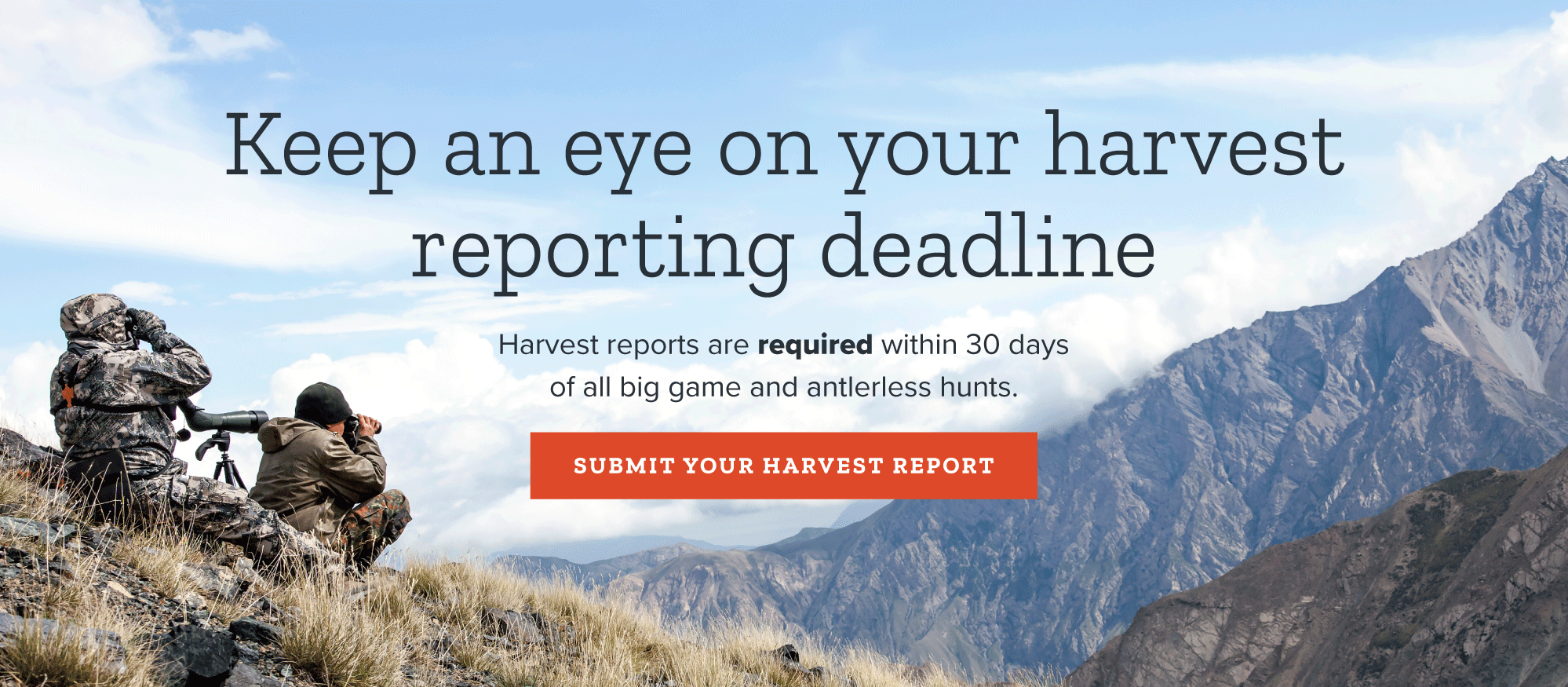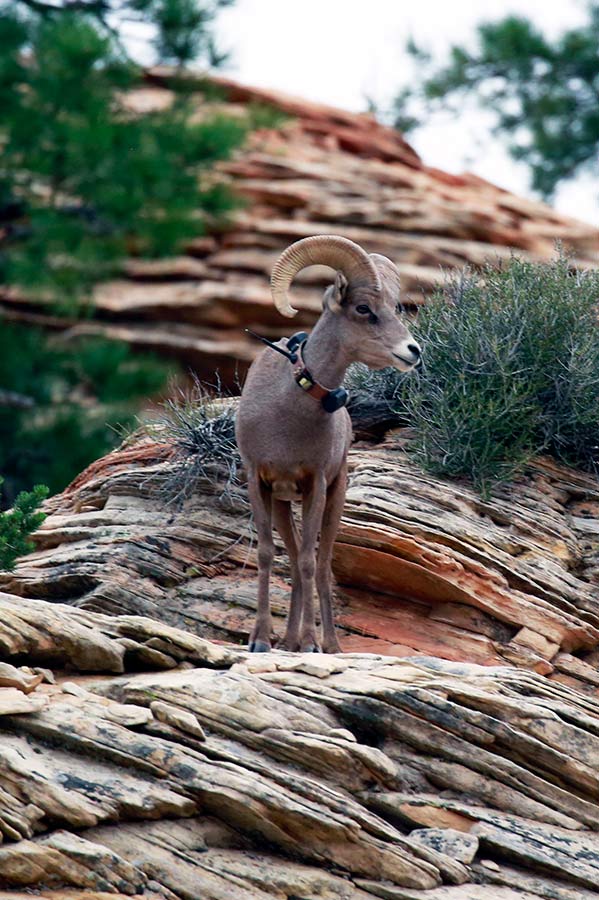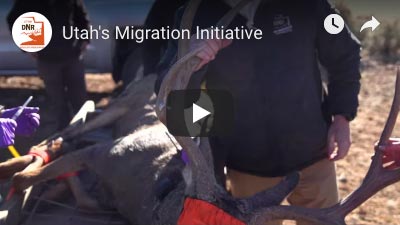Utah's Wildlife Migration Initiative
An effort to identify and preserve wildlife migration corridors
In April 2017, the Utah Division of Wildlife Resources began a statewide initiative to identify, preserve and enhance essential movement corridors for terrestrial and aquatic wildlife species in the state.
For more information, visit the Utah Wildlife Migration Initiative website.
The initiative will focus on building technology and partnerships that combine existing research and geographic information data sources into comprehensive projects to improve critical habitat.
Although the initiative is new, there has already been rapid movement on:
- Habitat projects: A newly installed fish passage structure, for example, allowed cutthroat trout to migrate from the Weber River to Strawberry Creek for the first time in 60 years.
- Terrestrial wildlife research: Biologists are tracking deer, elk, bison and pronghorn movements in Utah areas of concern and public interest — such as the Book Cliffs, Paunsaugunt Plateau and on the Parker Mountain range.
- Aquatic wildlife research: Researchers are studying temperature and thermal habitat distribution in Utah waterbodies, and modeling current and future water quality and availability.
First steps
The initiative's leaders are initially focusing on assembling a team of experts to:
- Identify and begin working on a number of technological improvements to transform and simplify how movement data is collected, analyzed and shared.
- Assemble existing GPS and movement data in order to translate it into a consistent format and make it available at a central source.
- Identify universities, conservation organizations and other partners in order to connect and collaborate on research and habitat projects.



















